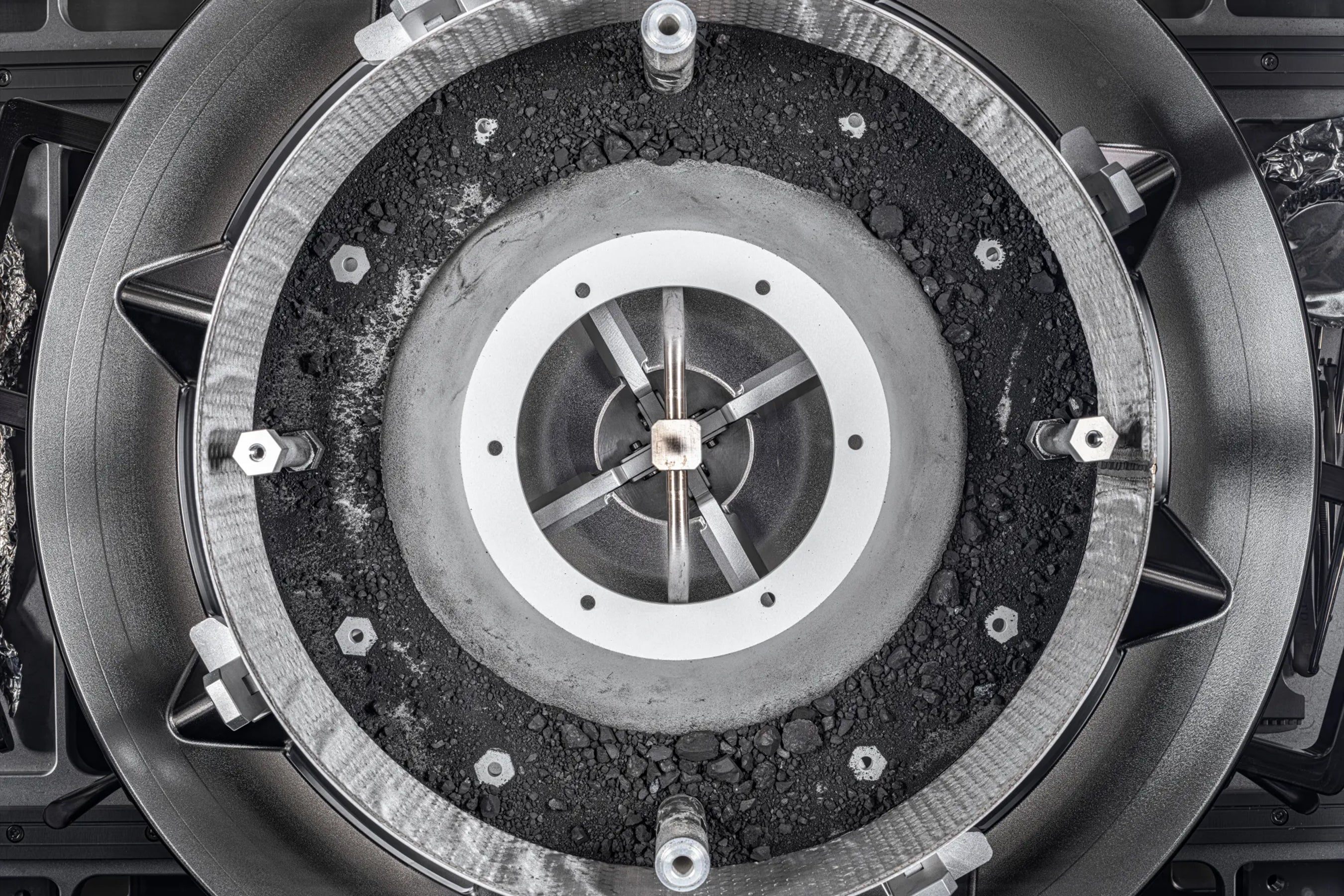
Scientists are now inspecting snagged, bagged and tagged bits and pieces from asteroid Bennu, the cosmic mother lode delivered by NASA’s Origins, Spectral Interpretation, Resource Identification and Security — Regolith Explorer mission.
Known in acronymic astro-speak as OSIRIS-REx, that seven-year-long voyage brought home the goods via a sample return canister that came to full stop on Sept. 24, 2023, parachuting into a remote stretch of the Department of Defense’s Utah Test and Training Range. Those specimens from afar are believed to contain the leftovers from the formation of the solar system 4.5 billion years ago.
Space.com caught up with two leading scientists now engaged in extracting what those darkish asteroid particles are illuminating, sorting out how these materials exported from Bennu came to be. But also what insights they hold for the origin of the worlds within our solar system, including Earth.
On supporting science journalism
If you’re enjoying this article, consider supporting our award-winning journalism by subscribing. By purchasing a subscription you are helping to ensure the future of impactful stories about the discoveries and ideas shaping our world today.
Pristine reservoir
The scene is the University of Arizona’s Kuiper-Arizona Laboratory for Astromaterials Analysis. Researchers there are using instruments to dig into what the OSIRIS-REx collectibles are telling them, right down to the atomic scale.
For a start, University of Arizona scientists received 200 milligrams — roughly seven-thousandths of an ounce — of the asteroid Bennu sample for analysis.
“We have over a 1,000 particles that are greater than half-a-millimeter, 28 particles that are greater than a centimeter, and the biggest particle is 3.5 centimeters,” said University of Arizona’s Dante Lauretta, the principal investigator for OSIRIS-REx. “So a great collection full of really large stones.”
Bennu samples contain plentiful amounts of water locked up in minerals like clays and…
Read the full article here






